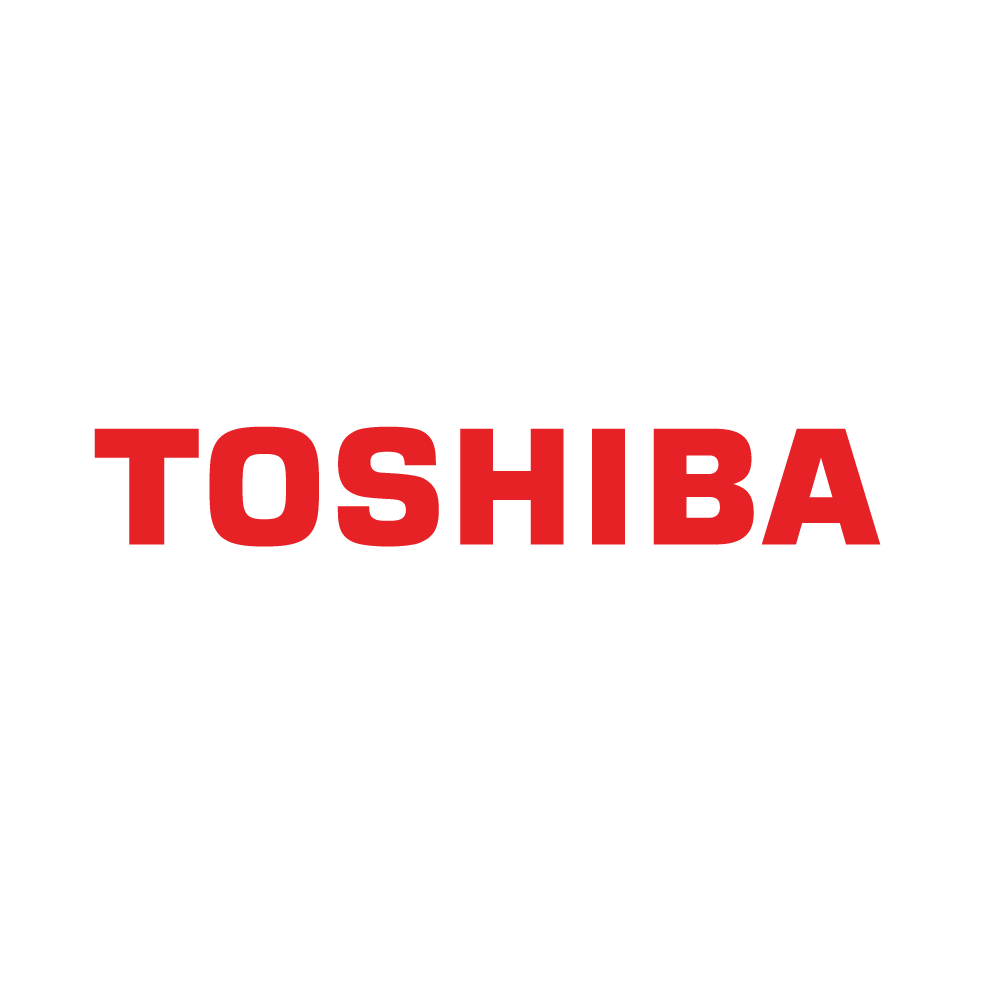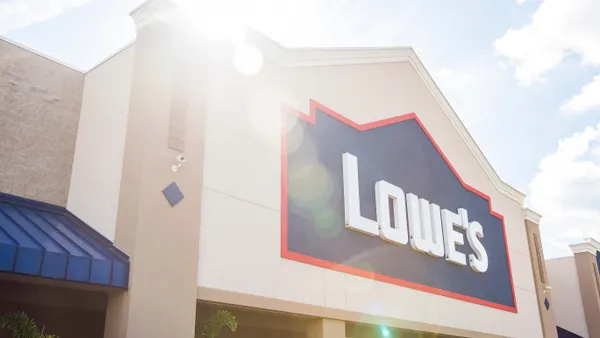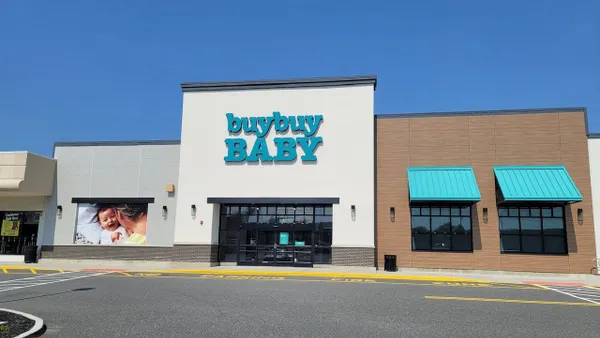Dive Brief:
-
Mattress Firm filed for Chapter 11 Friday morning with a plan to close 700 underperforming stores and exit the court process within 45 to 60 days, according to a company press release. An initial group of approximately 200 stores will close in the next few days, the company said.
-
Days after bankruptcy rumors broke, Mattress Firm filed for Chapter 11 with a commitment for $250 million in bankruptcy financing from Barclays Bank and Citizens Bank, which were the retailer's asset-backed loan providers prior to the filing.
-
The mattress retailer, owned by Steinhoff International Holdings, cited several reasons for the restructuring, including execution challenges with the rebranding of over 1,300 Sleepy's and Sleep Train stores, insufficient presence in the high-end market, ineffective brand marketing and changes in key suppliers. The latter is a possible nod to the loss of Tempur-Pedic, which broke ties with Mattress Firm in 2017 and has since filed a lawsuit claiming the traditional player released "confusingly similar" products.
Dive Insight:
Another giant in the retail sector has taken a tumble. But unlike Toys R Us, Mattress Firm is going in with a plan backed by creditors, which could make all the difference. That doesn't mean it's going to be an easy road, though, in or beyond bankruptcy.
The mattress retailer enters bankruptcy with $3.7 million of total liabilities, the majority coming from "loans due to group entities." According to court documents, Mattress Firm owes Simmons Manufacturing $64.7 million, Serta Mattress $25.5 million and Purple Innovation — the mattress startup it's partnered with in the past — $3.5 million, among others. Just under half (49%) of the debt Mattress Firm owes occurred outside of the 20-day priority window, according to court documents.
Mattress Firm has faced plenty of obstacles in the past several years, including the loss of major mattress brand Tempur-Pedic and the entrance of several startups in the mattress space promising lower prices, more convenient delivery and a relaxed approach to marketing, as well as try-before-you-buy guarantees.
Foremost among them is Casper, which started off the year with plans to open its first standalone store and quickly expanded that to plans for 200 across North America. The company, which started as an e-commerce only retailer in 2014, is widely credited with popularizing the bed-in-the-box movement, though players like Tuft & Needle and Purple have also been making moves in the space.
Mattress Firm said that its revenue dropped 11.2% in fiscal 2017, according to an investor presentation.
All-in-all, the bankruptcy tells the story of a traditional player with too many stores and not enough innovation to compete with changes in the segment. While those factors drove the company to Chapter 11, there is still hope for the largest mattress retailer in the U.S. post-bankruptcy.
The company's prepackaged reorganization plan is a good sign for a healthy trip through bankruptcy, following the likes of Payless and Gymboree, both of which went through a relatively orderly process.
After restructuring in bankruptcy, the company expects profits of $200 million by fiscal 2020, though that assumes 40% of sales from stores it's closing in bankruptcy will be recaptured by nearby Mattress Firm locations. Its stores are still open for business in the interim.
"Leading up to the holiday shopping season, we will exit up to 700 stores in certain markets where we have too many locations in close proximity to each other," Steve Stagner, executive chairman, president and CEO of Mattress Firm, said in a statement. "We intend to use the additional liquidity from these actions to improve our product offering, provide greater value to our customers, open new stores in new markets and strategically expand in existing markets where we see the greatest opportunities to serve our customers."















